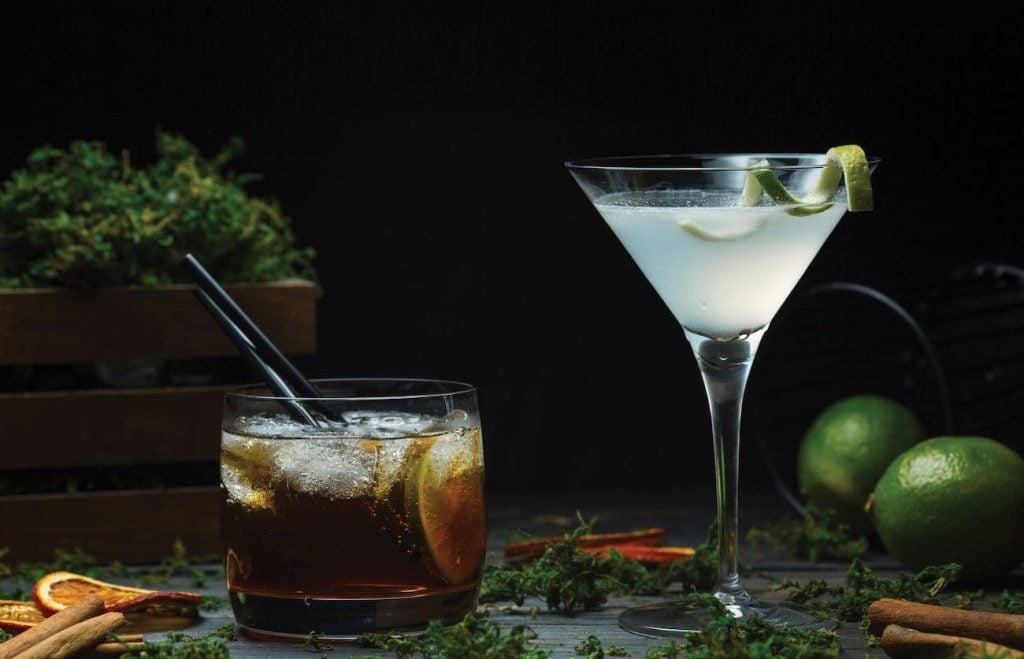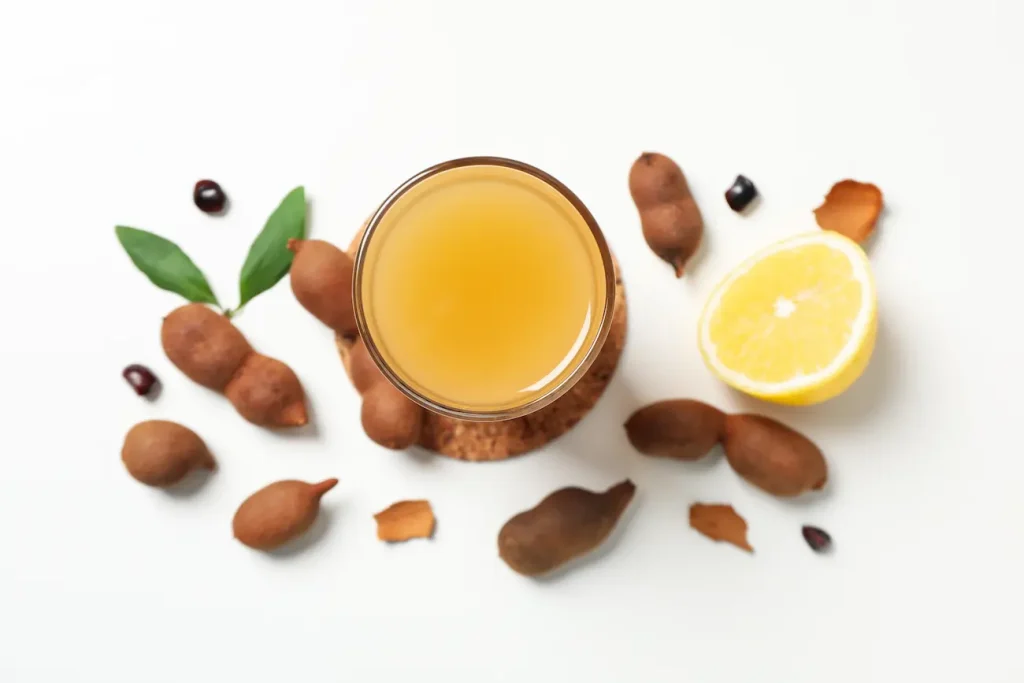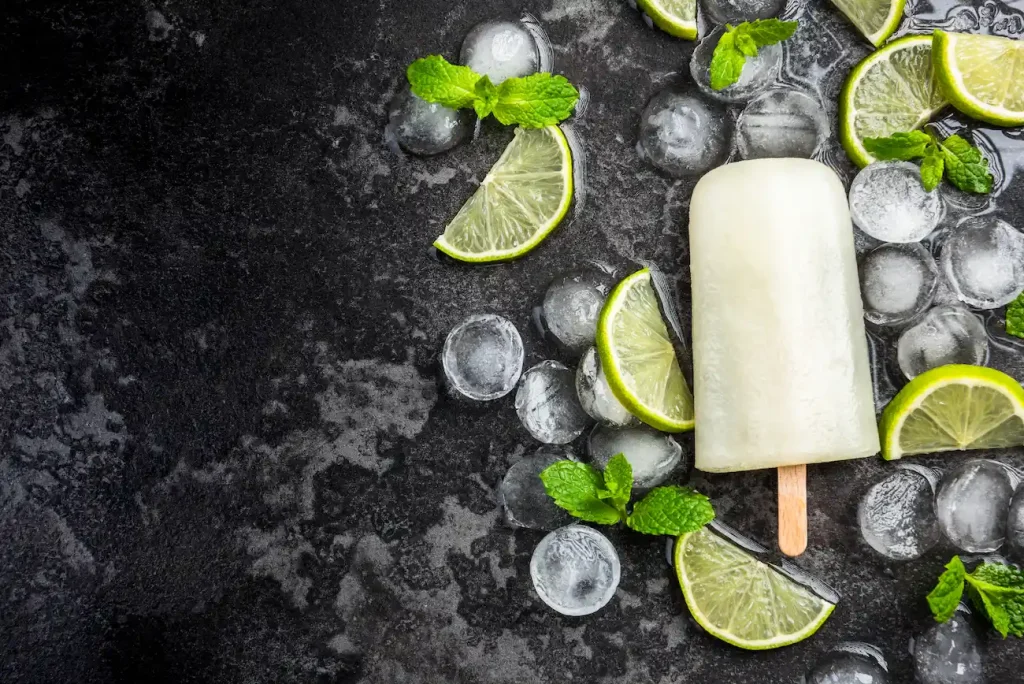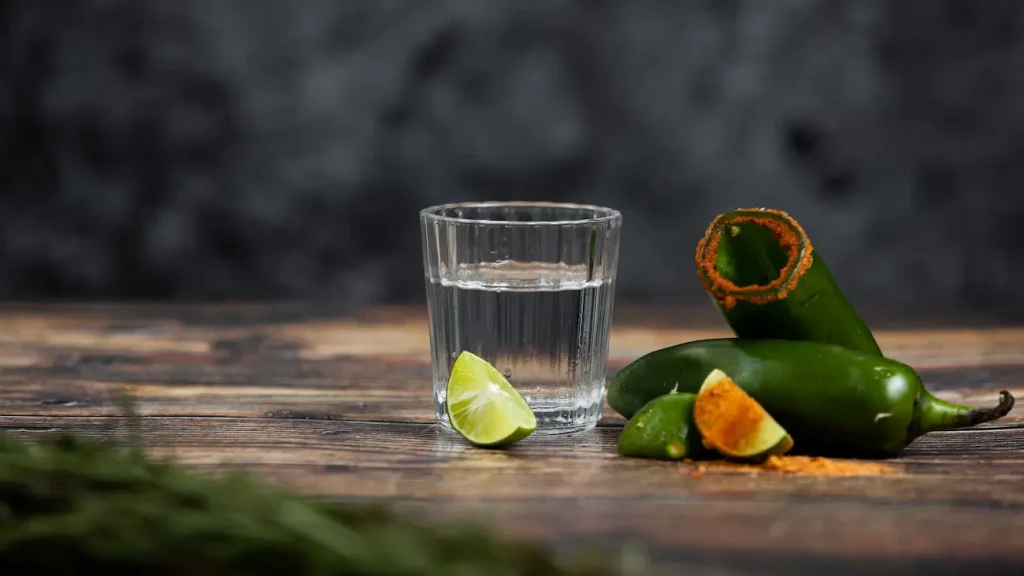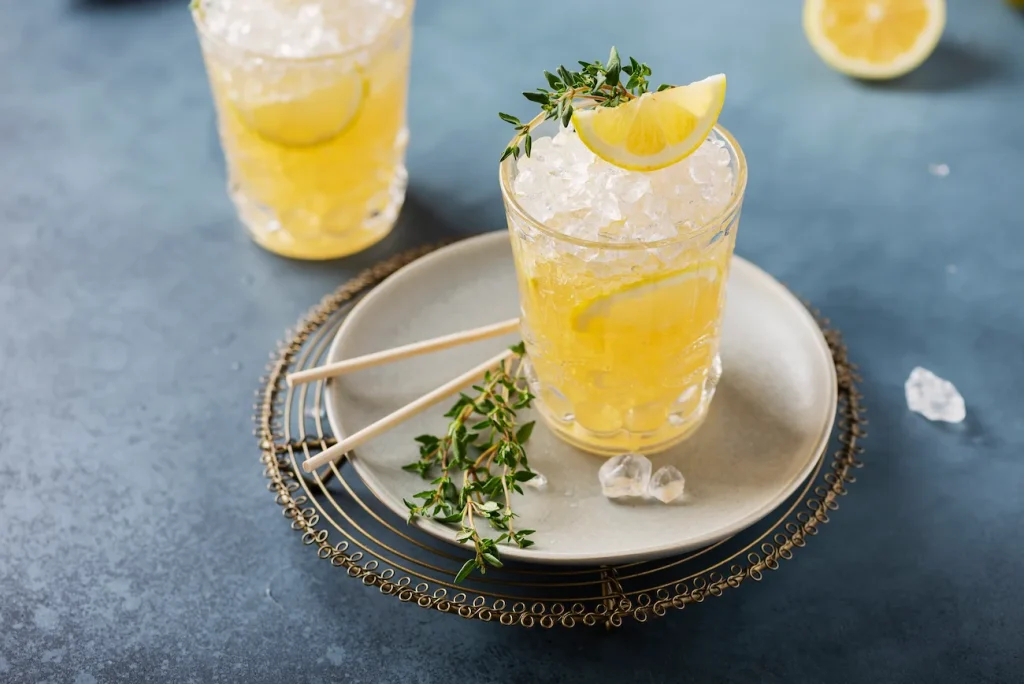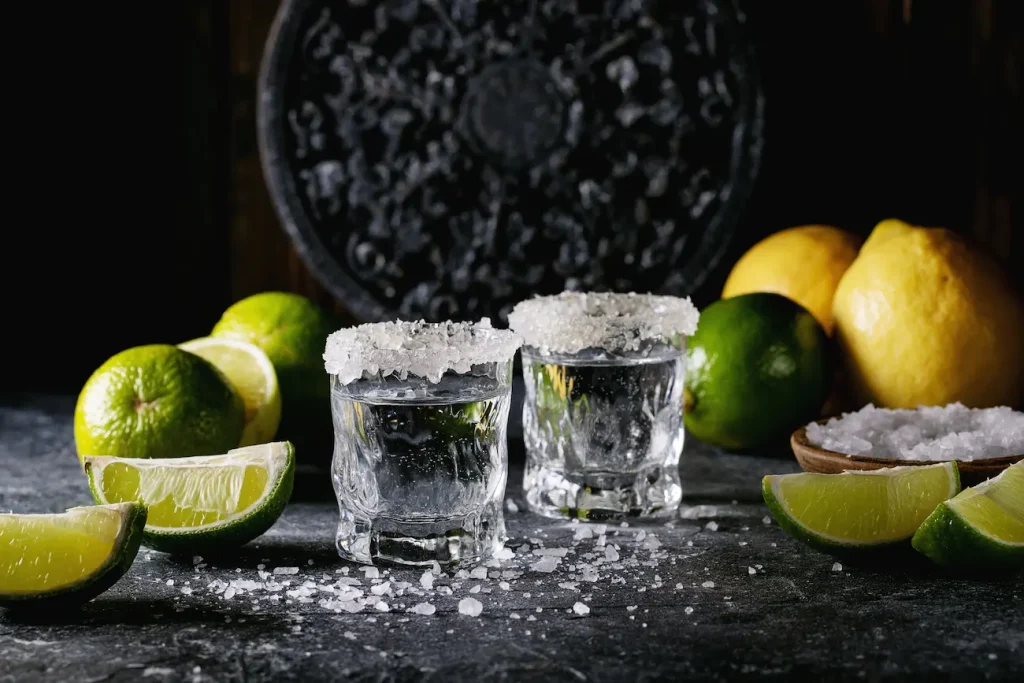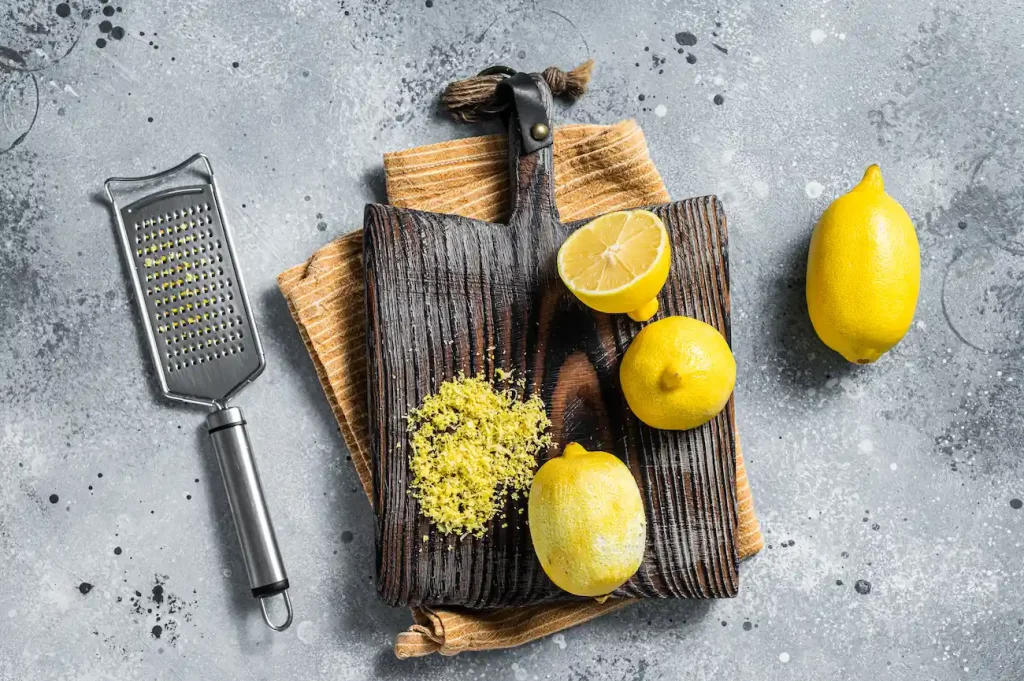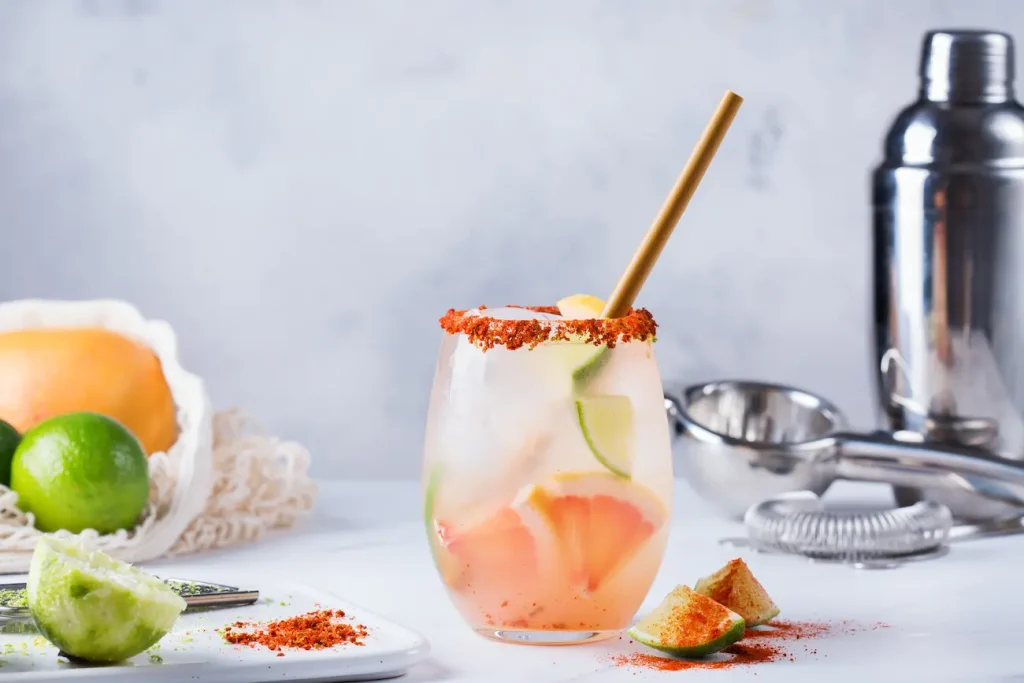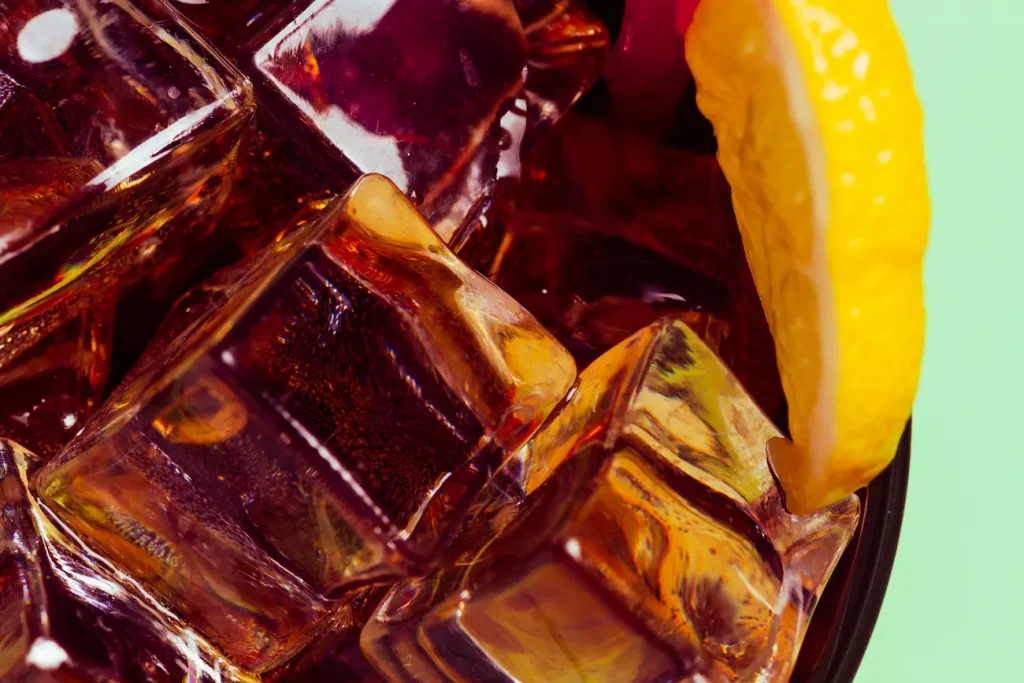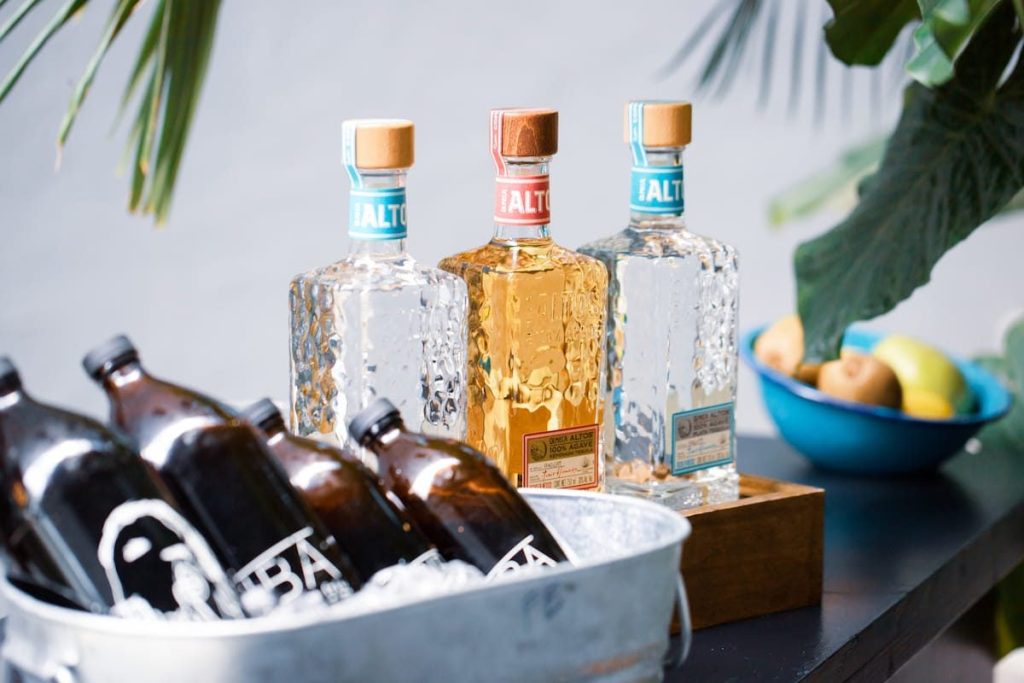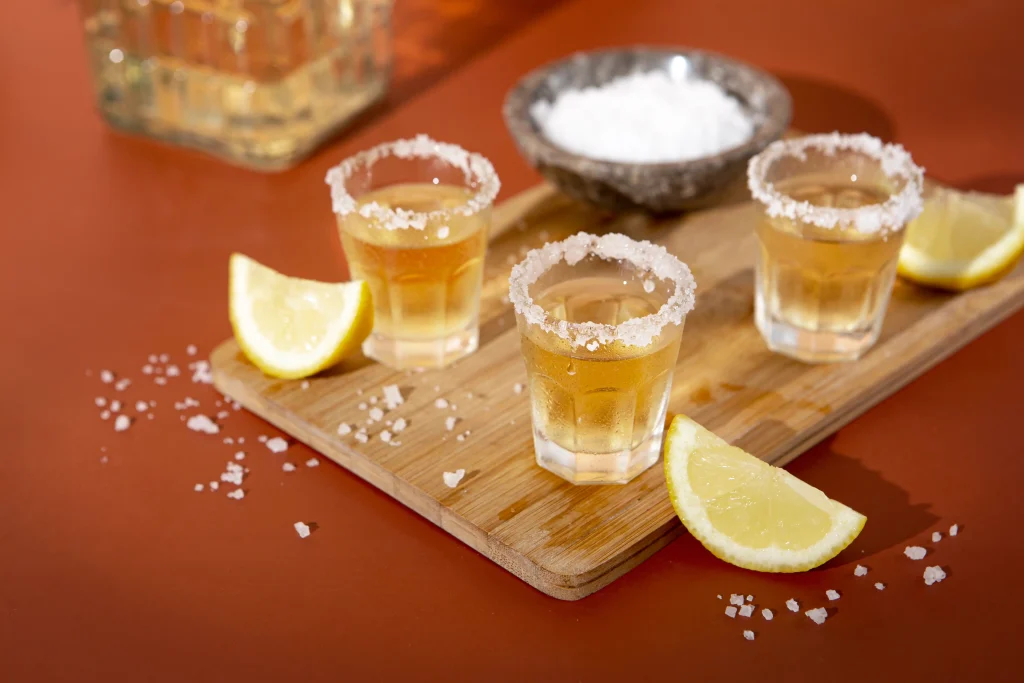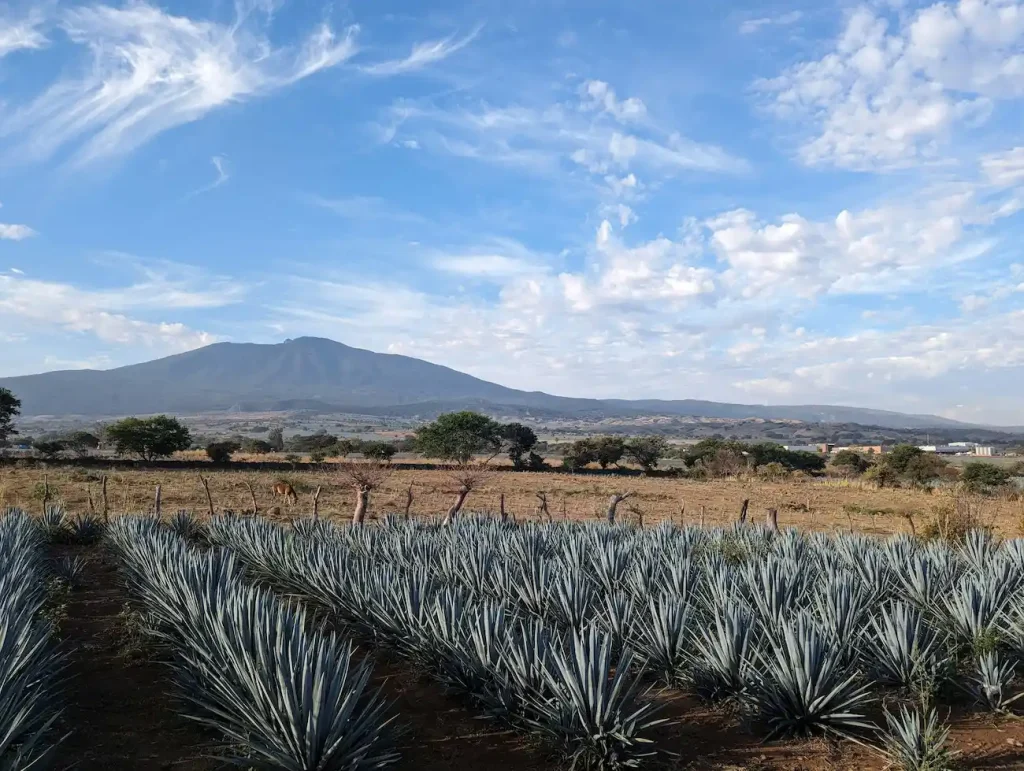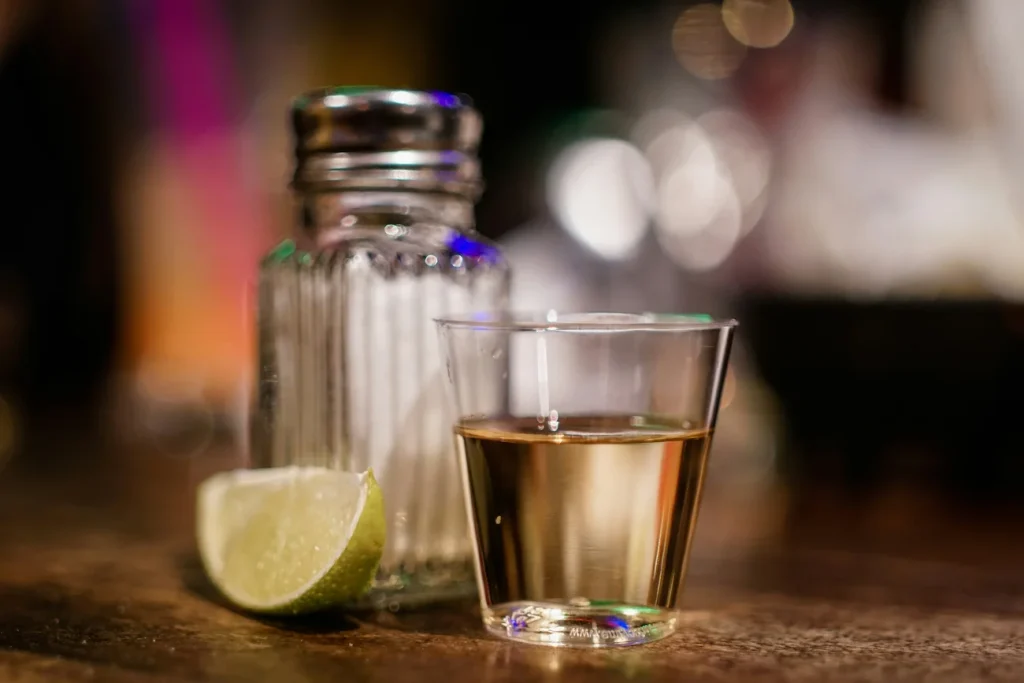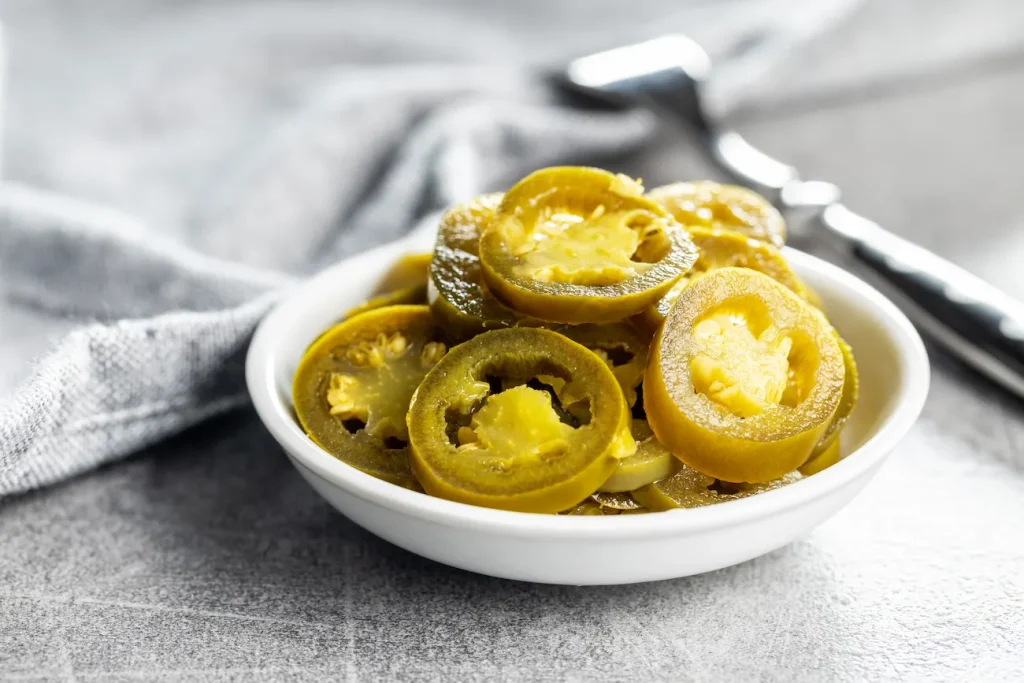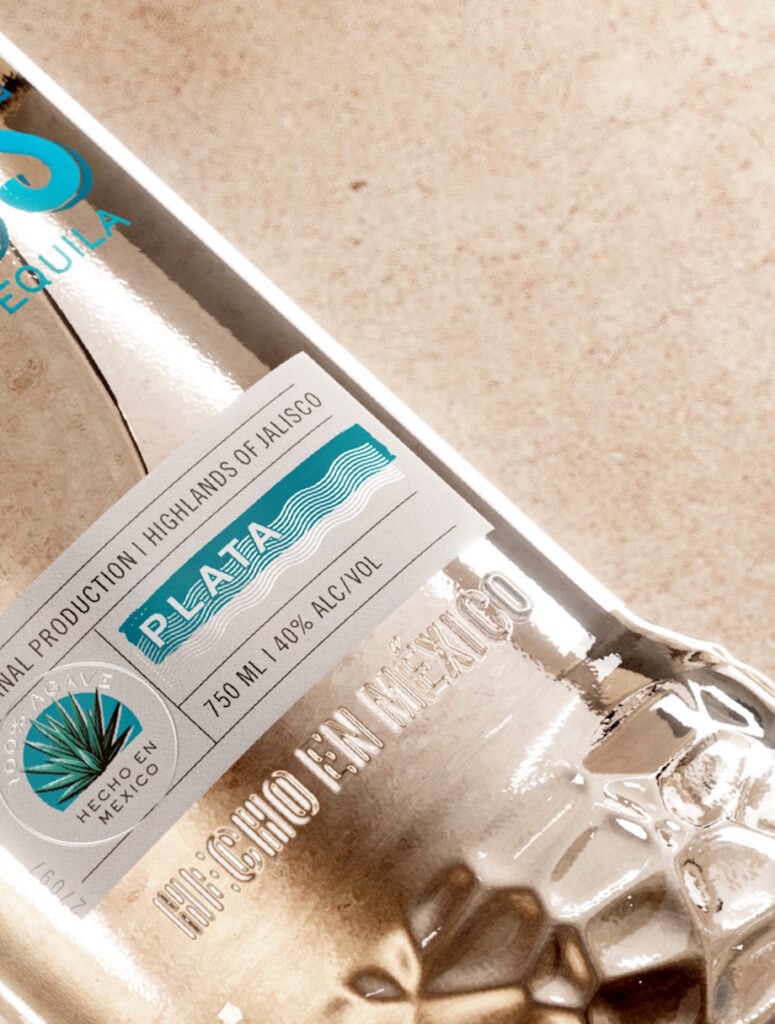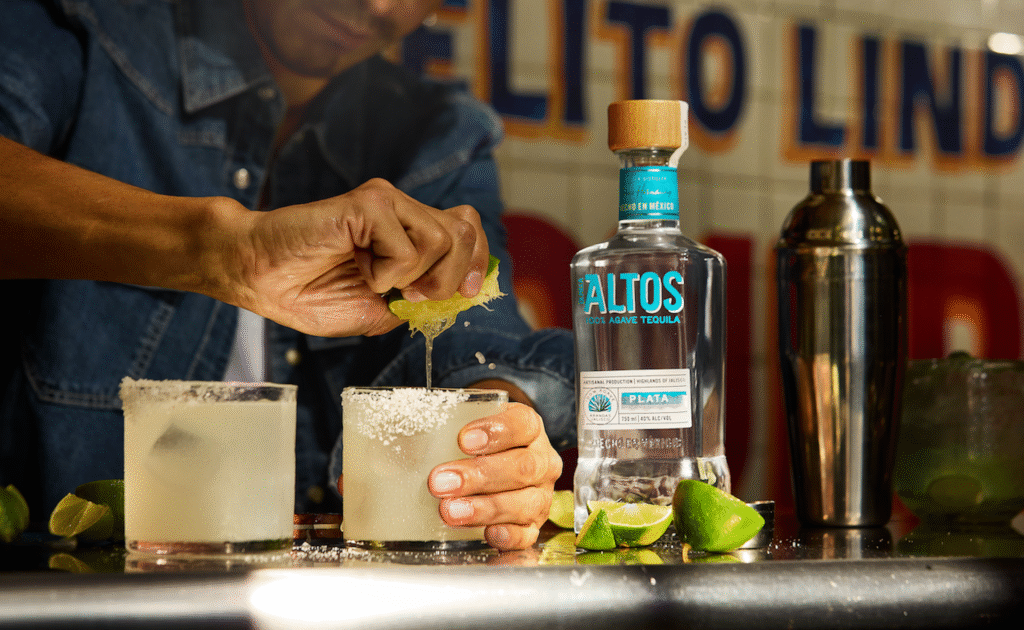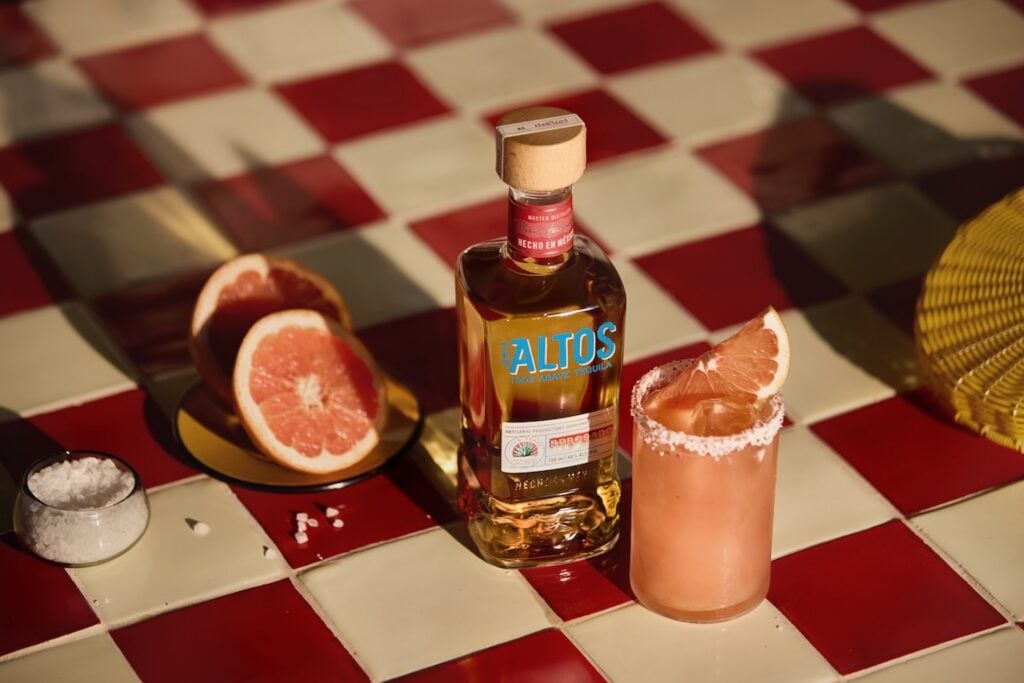Grown in the highlands of Jalisco, Mexico, agave—also known as Tequilana Weber or blue agave—is a key perennial plant in the production of tequila. Cultivated and harvested specifically for this purpose, agave is a fundamental element in creating this famous Mexican beverage.
This plant is distinguished by its long, pointed leaves, giving it a highly recognisable appearance. However, agave requires a lengthy maturation process that can take up to 10 years. During this time, the plant grows and develops, accumulating the sugars needed for its eventual transformation into tequila.

From Weber Blue Agave Plant to the Tequila Bottle
If you’ve ever wondered how a simple plant is transformed into a drink full of flavour and tradition, here’s the process explained:
- Once the agave, or blue agave plant, has reached the necessary maturity, harvesting begins. At this stage, the leaves are trimmed, and the “piña” (core) is extracted. This central part contains the sugars that will be used in the fermentation process to create tequila.
- The piñas are then cooked in special ovens to release their juices and sugars. This cooking process is essential for converting starch into fermentable sugars and softening the flavours of the agave.
- After fermentation, the liquid is distilled, removing impurities and further refining the flavour of the tequila. Once distilled, the blanco (white) tequila is ready to be bottled. However, if varieties such as reposado or añejo tequila are desired, the liquid is transferred to oak barrels for an ageing process that can range from a few months to several years, during which the tequila develops unique flavours and characteristics.
- Finally, before being marketed, the tequila undergoes a filtration process to eliminate impurities, and the alcohol content is adjusted according to established standards. It is then carefully bottled, ready to be enjoyed by enthusiasts of this iconic drink.

The Art of Making Mexican Tequila
Tequila is considered an art due to the meticulous and careful process by which it is produced, combining the tradition, expertise, and passion of master tequila makers throughout. These experts must assess the condition, maturity, and quality of the plants carefully before harvesting. The way the leaves are trimmed and the piña (core) is extracted affects the quantity of sugars and flavours in the final juice.
Master tequila makers also carefully select the yeasts and control fermentation to achieve specific flavour profiles. Distillation, conducted in stills, requires skill and experience to produce the different types of tequila, from blanco to añejo, while preserving the essence and quality of the spirit.

Tequila: The Tradition Behind this Emblematic Beverage
Tequila is deeply rooted in Mexican culture and forms an integral part of its cultural heritage. The production of tequila has been a tradition passed down through generations. The agave, as the iconic plant used in tequila production, is a symbol of Mexican identity, representing a connection to the country’s history and folklore.


